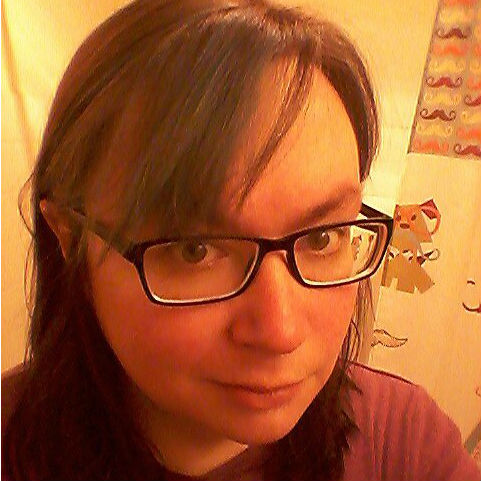The Most Accessible Catalog Results Page Ever
Although no one would argue that web accessibility is unimportant, the current state of library search catalogs indicates otherwise. Many existing products barely, if at all, pass the most basic of accessibility standards. Even then, an accessible site may not be efficiently usable for a disabled user. We certainly need to do better, but what would better (or even best) look like? Is displaying results in a list or table better for screen readers? Should we present more results via pagination, infinite scrolling, or a mix of the two? Answering such questions is not immediately straightforward. Users of different [dis]abilities have different priorities on what makes a site both accessible and usable for them. We must also support the needs of other stakeholder groups beyond the catalog users. The site should not hinder library staff, including web designers customizing the look-and-feel and librarians working directly with patrons, from readily completing their duties. Thus, any design decision should clearly articulate the reasoning and tradeoffs among the competing priorities. Creating a "gold standard" of accessibility for library search catalogs is certainly a difficult task but is not insurmountable. This talk will begin this conversation. Through code examples, I will discuss the needs, priorities, and complexities behind designing for the diverse understanding of accessibility necessary for building the most accessible catalog results page ever.
